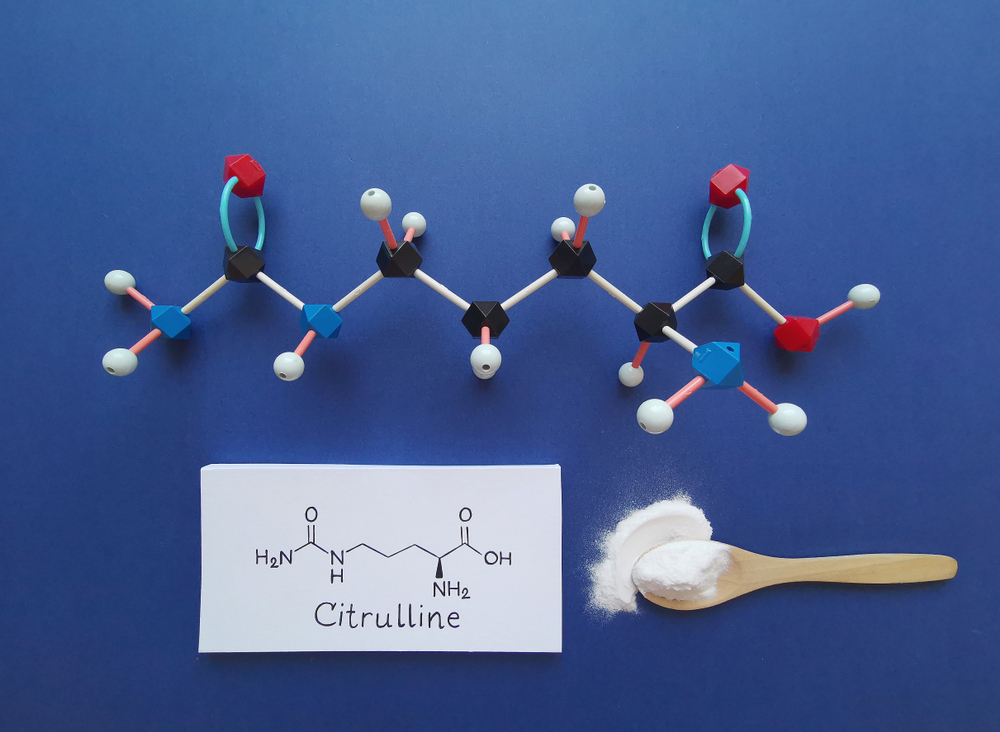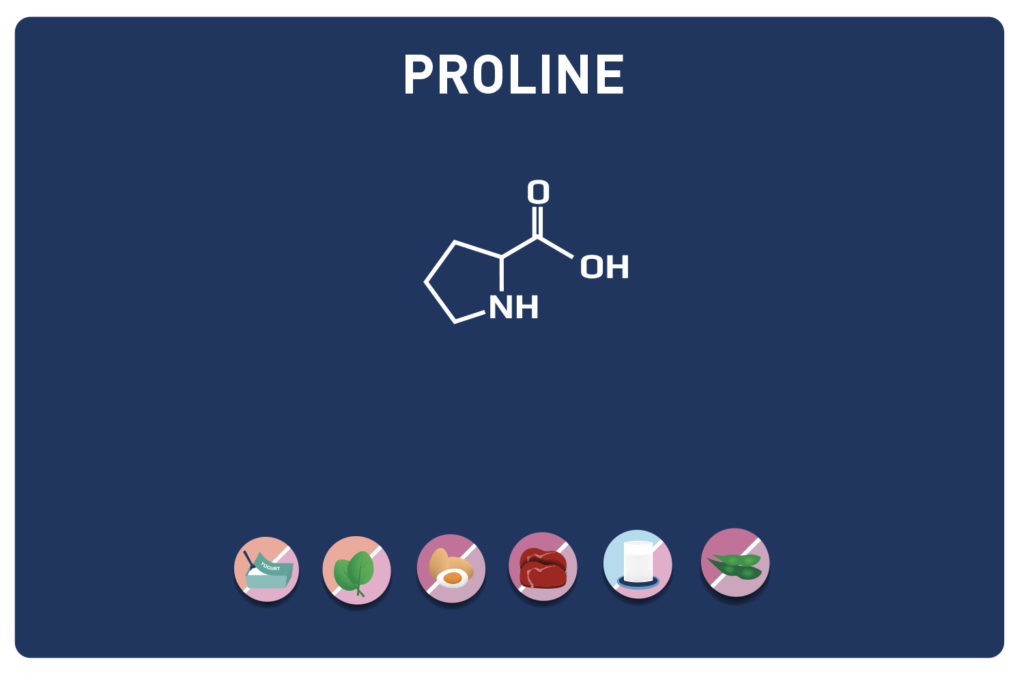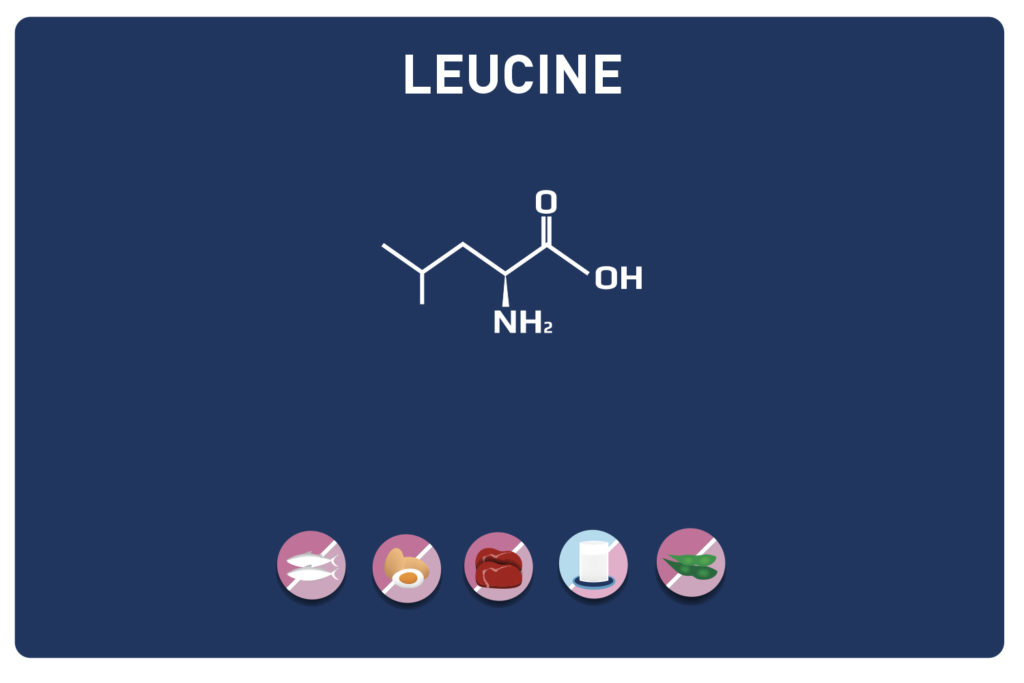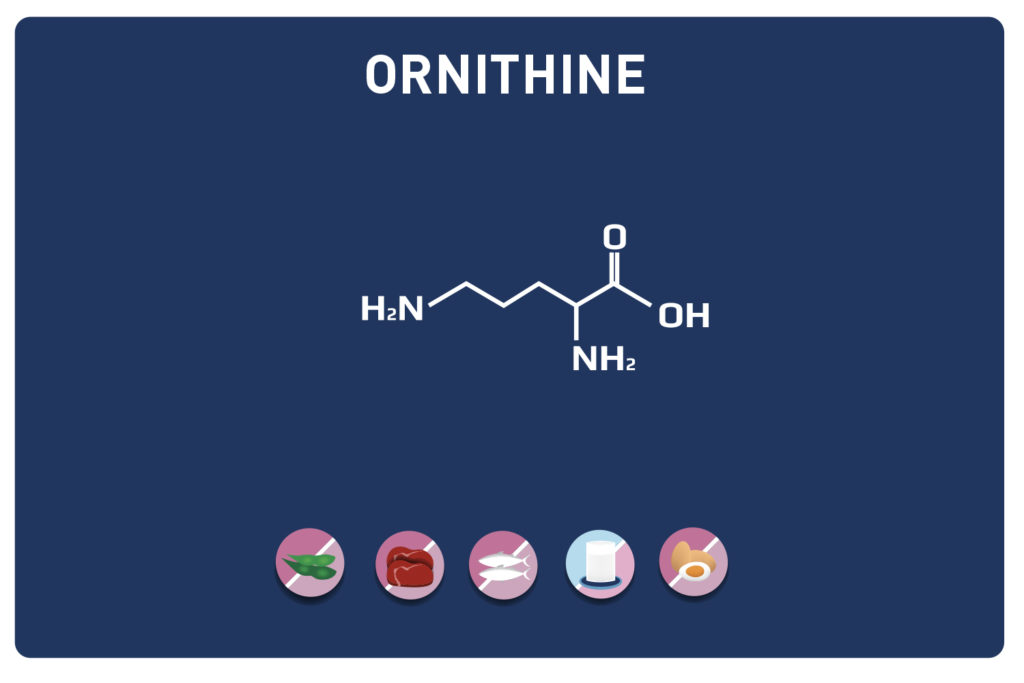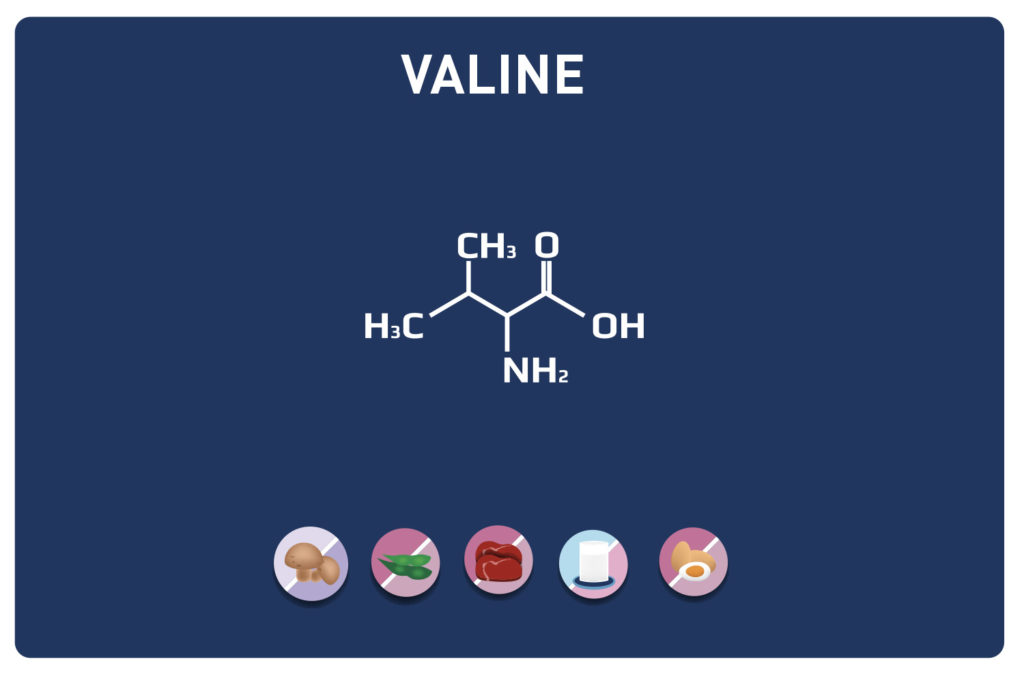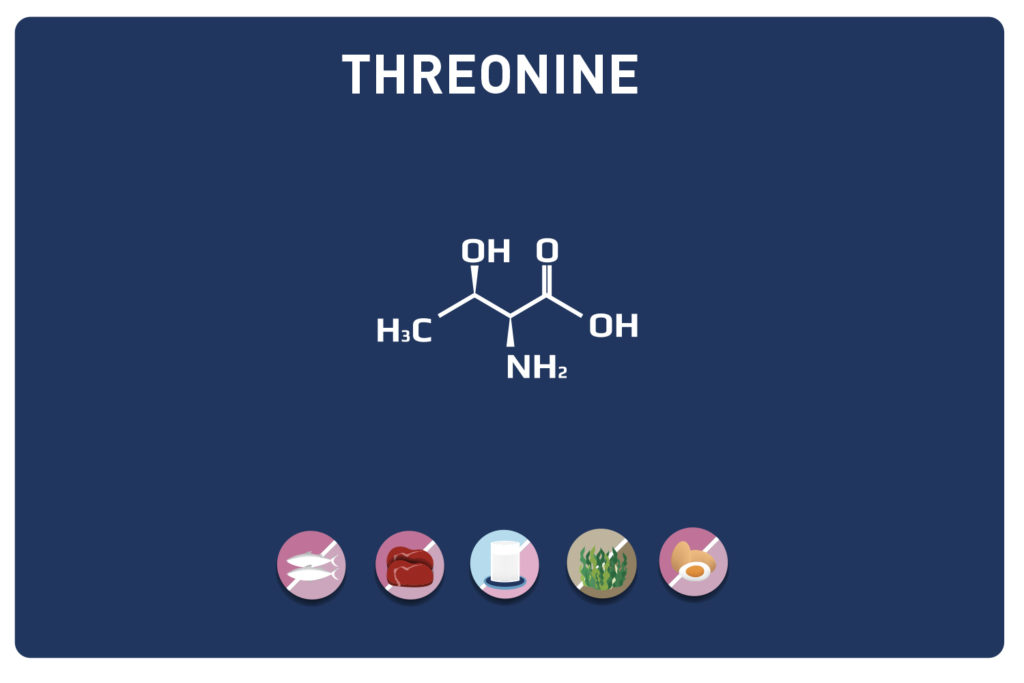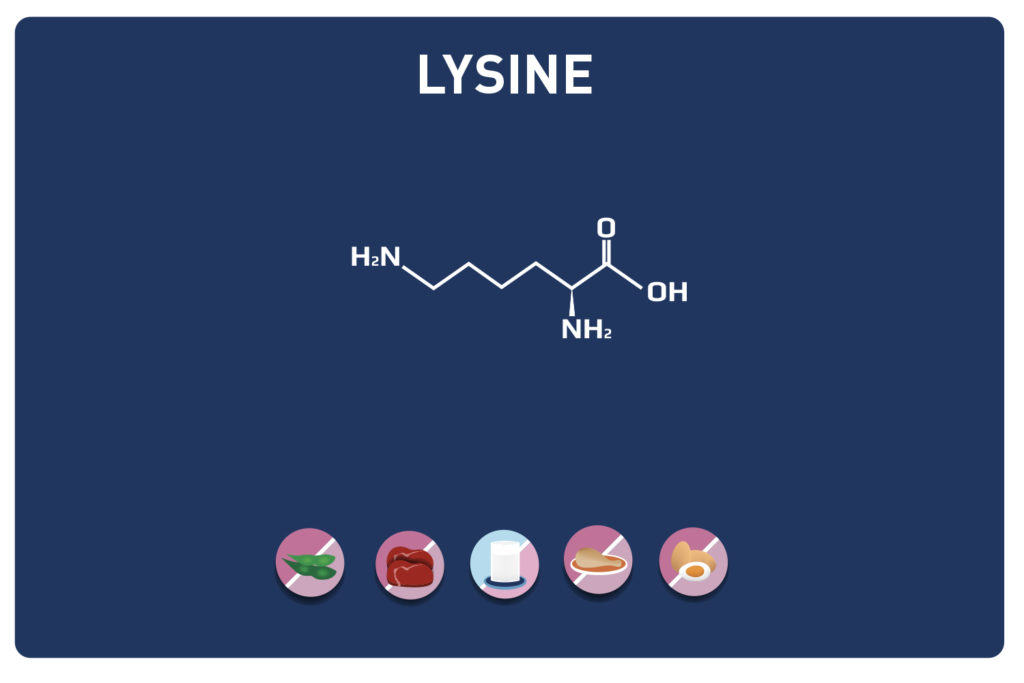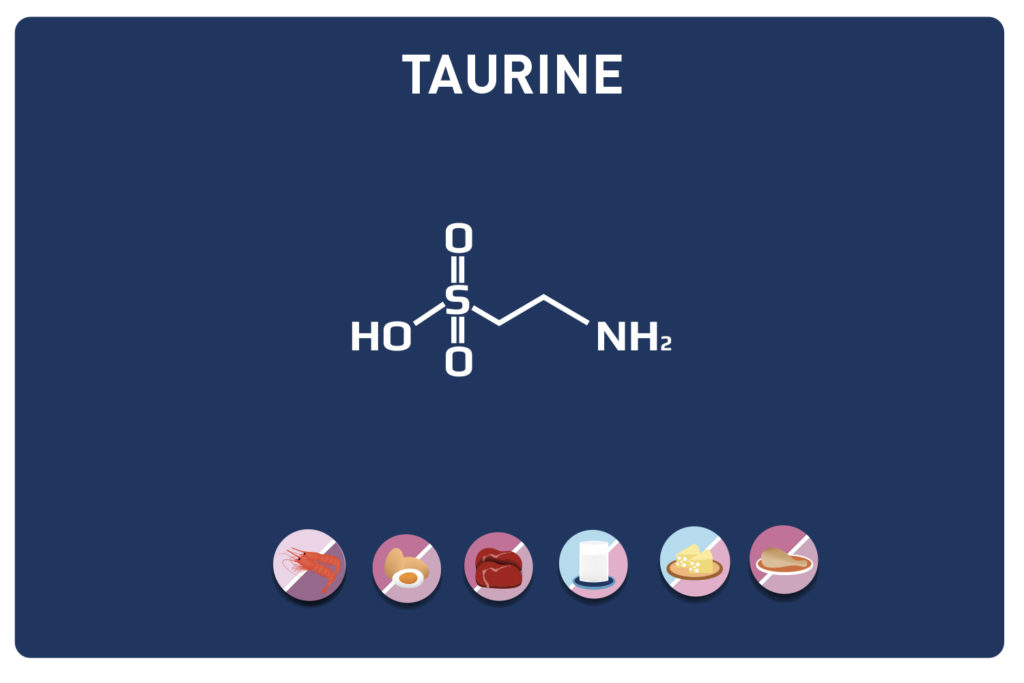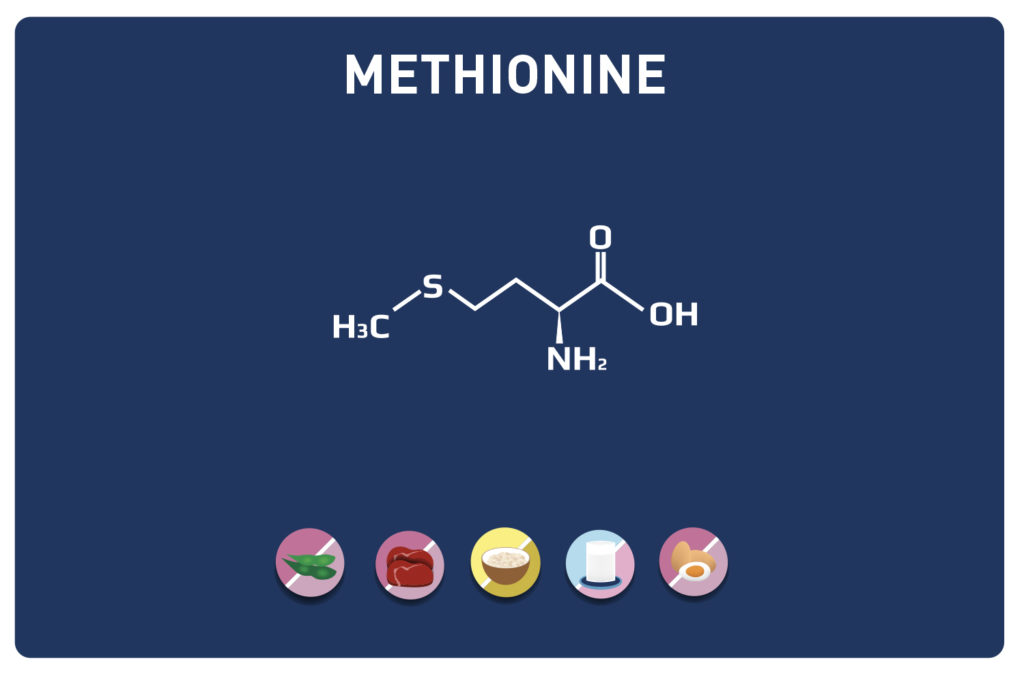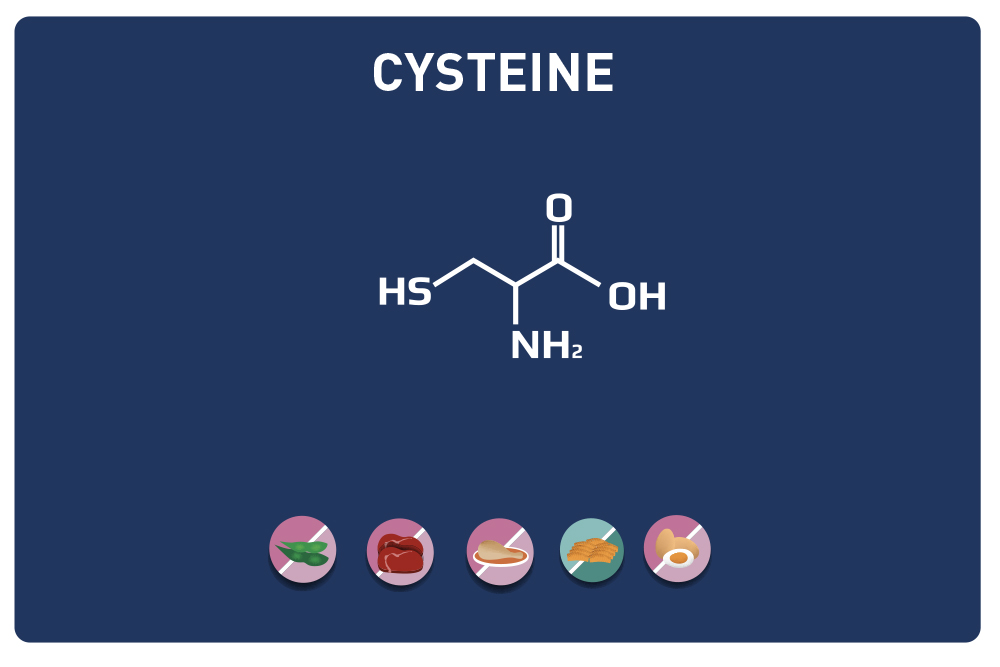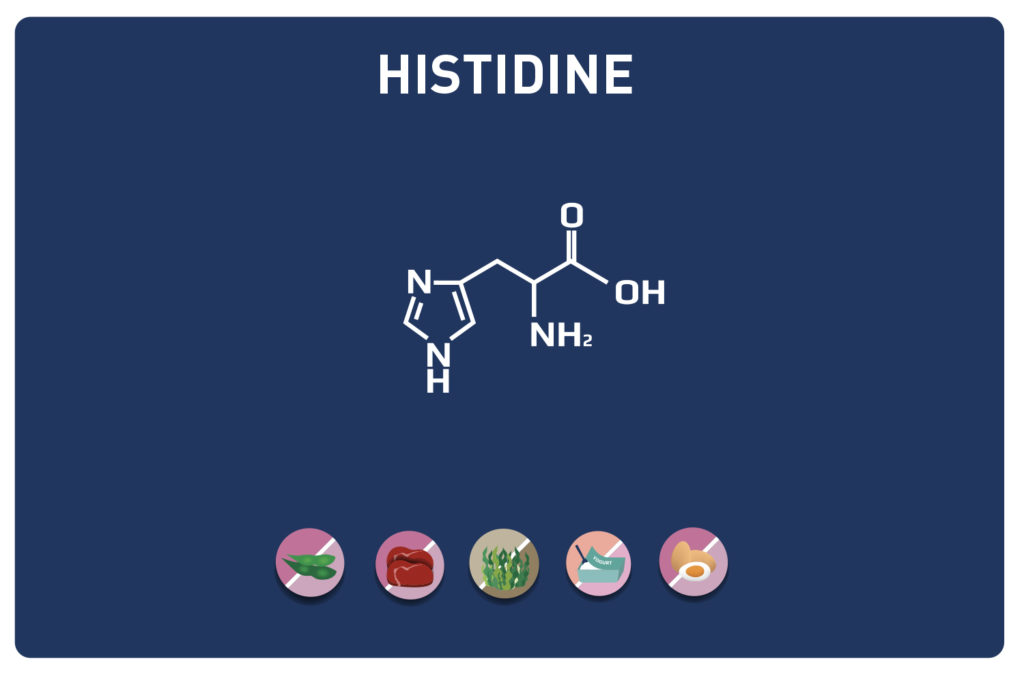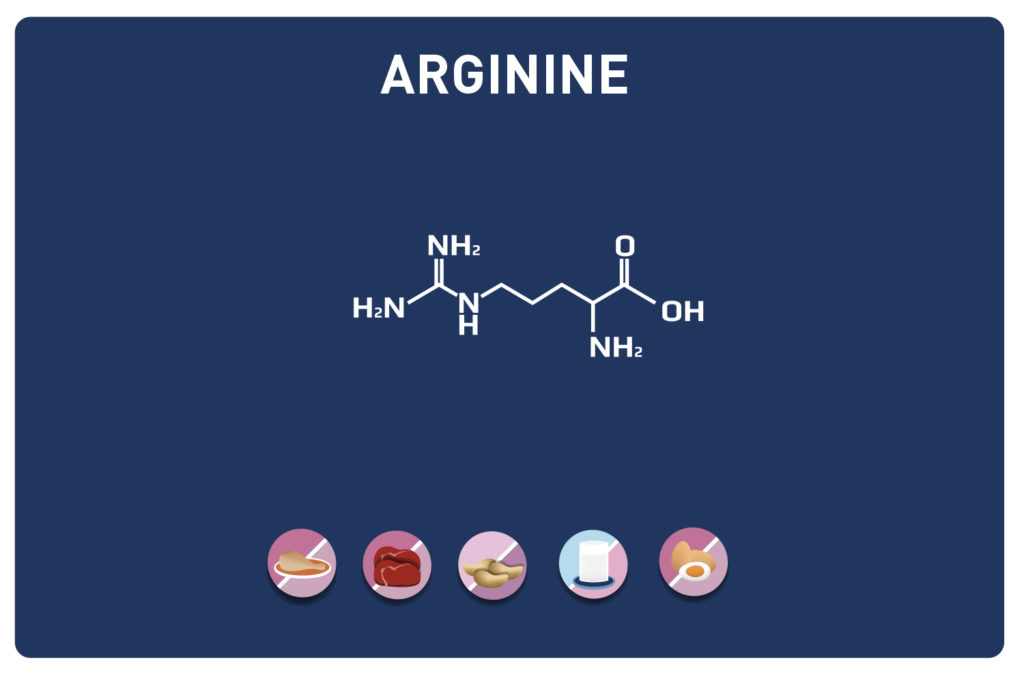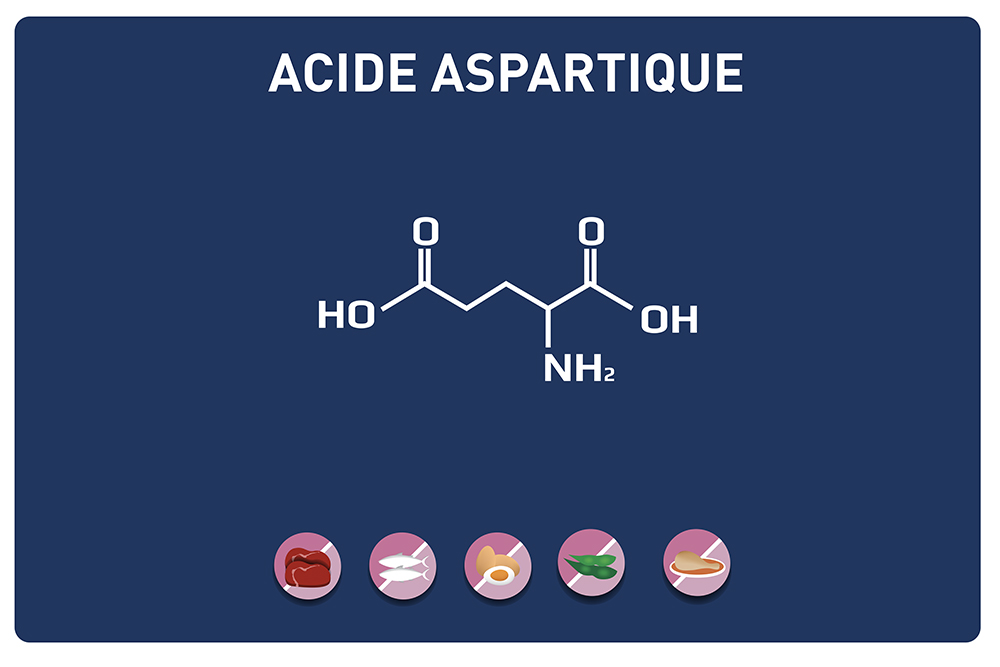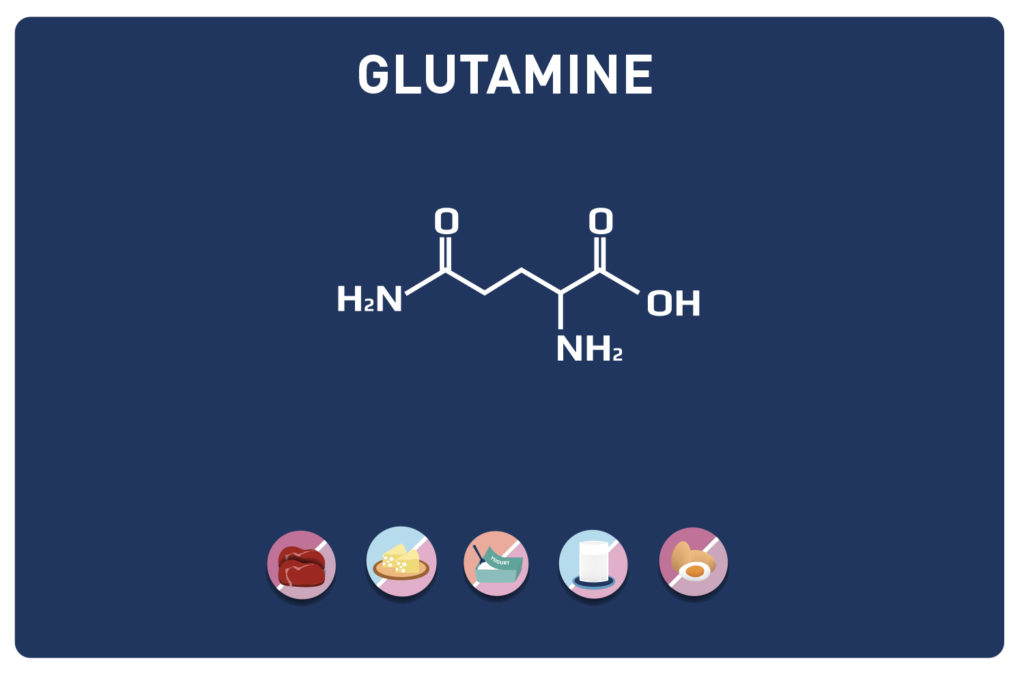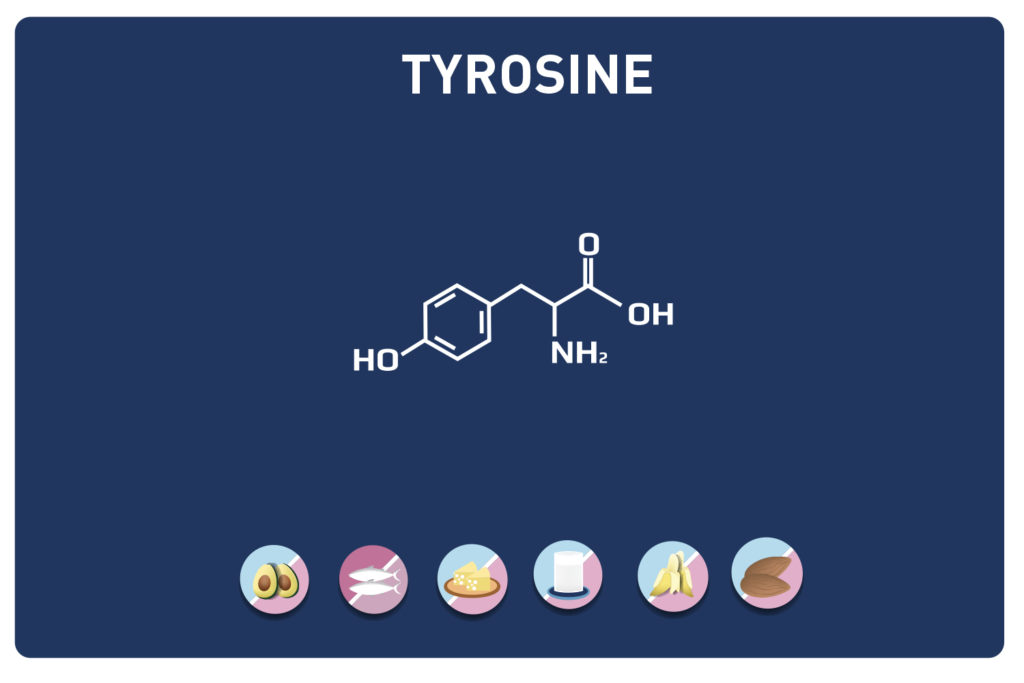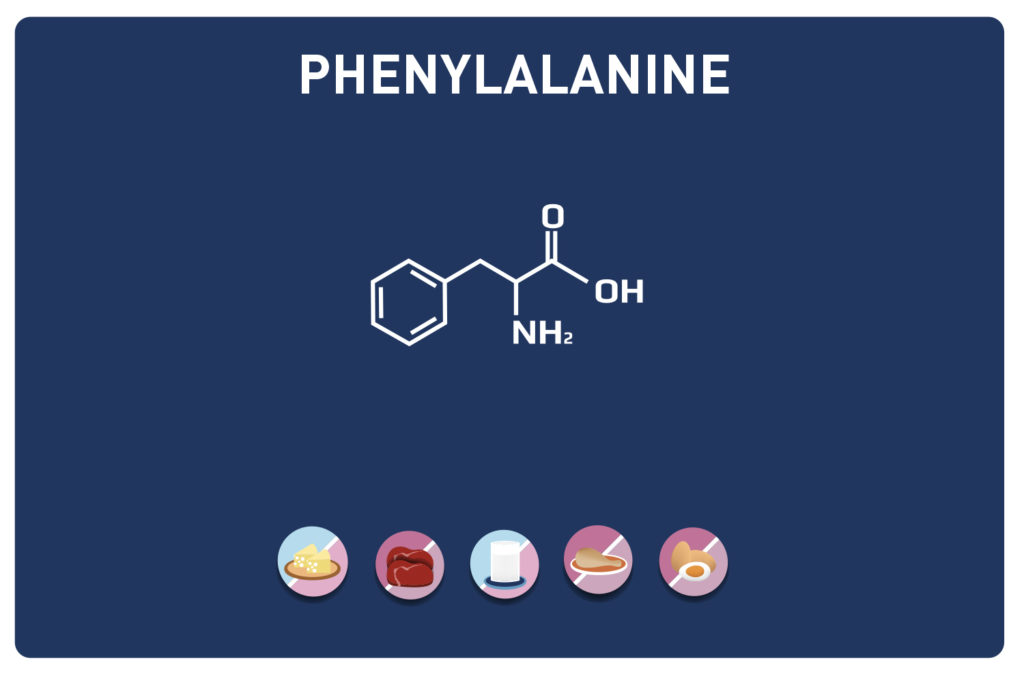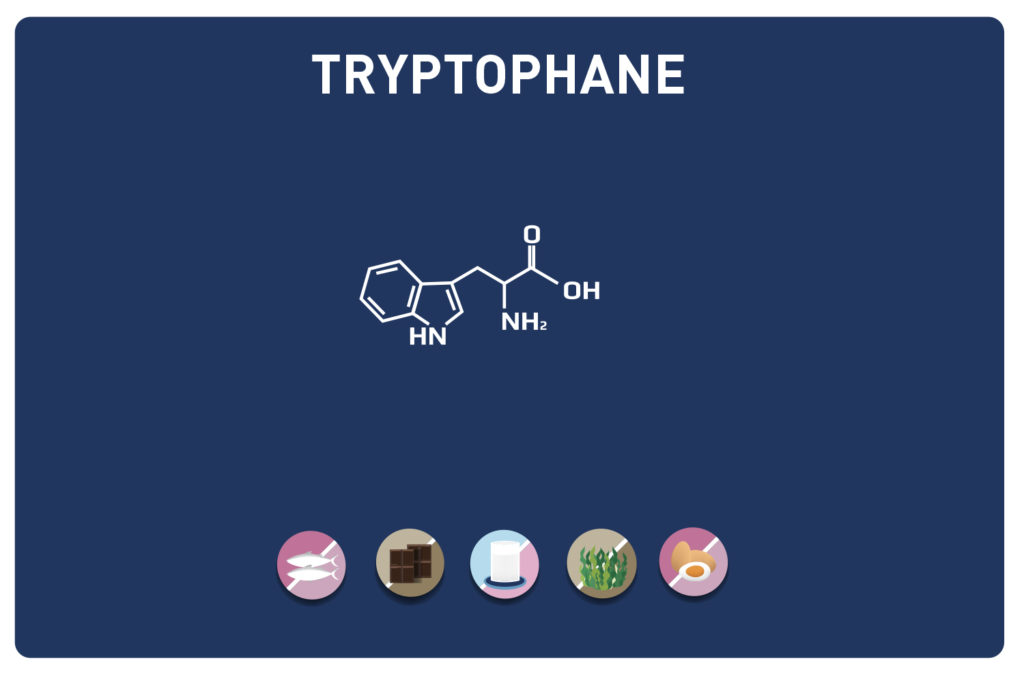Isoleucine discovered in 1904 by Felix Ehrlich is one of the 9amino acids essential for humans.
This amino acid cannot therefore be synthesised by the body, and must therefore necessarily be provided by the diet. Along with leucine and valine, it is one of the BCAAs (branched-chain amino acids).
It is a glucoforming amino acid, i. e. its degradation can form carbohydrates by passing through the Krebs cycle.
ITS ROLE
- Source of muscle energy
- Prevents muscle catabolism
- Improves exercise endurance
- Necessary for the formation of haemoglobin
- Stabilises and regulates blood glucose levels
- Improves recovery in athletes
- Anti-stress
- Burns fat*
*BCAAs have been shown to improve fat burning, particularly Leucine, but recent Japanese studies (1) found that isoleucine supplementation could also cause weight loss and decrease fat growth in mice. The amounts of fatty acids in the muscles and liver were reduced, indicating that these organs actually burned more fat.
Isoleucine requirements
Requirements are estimated at 1 to 20g per day. Generally it is advised between 10 to 12mg per kilo of body weight and certainly a little more for athletes.
THERAPEUTIC USES
Isoleucine is said to be of interest in the treatment of certain chronic mental illnesses.
COACTIVE ELEMENTS
- Minerals: Copper, magnesium, rubidium
- Vitamins: B1, B2, B6, B8
- Amino acids : Glutamic acid
FOOD SOURCES
- Meat and poultry
- Liver
- Fish
- Eggs
- Milk and cheese
- Wholegrain cereals (wheat, rice, rye, soya)
- Broad beans, chickpeas, lentils


